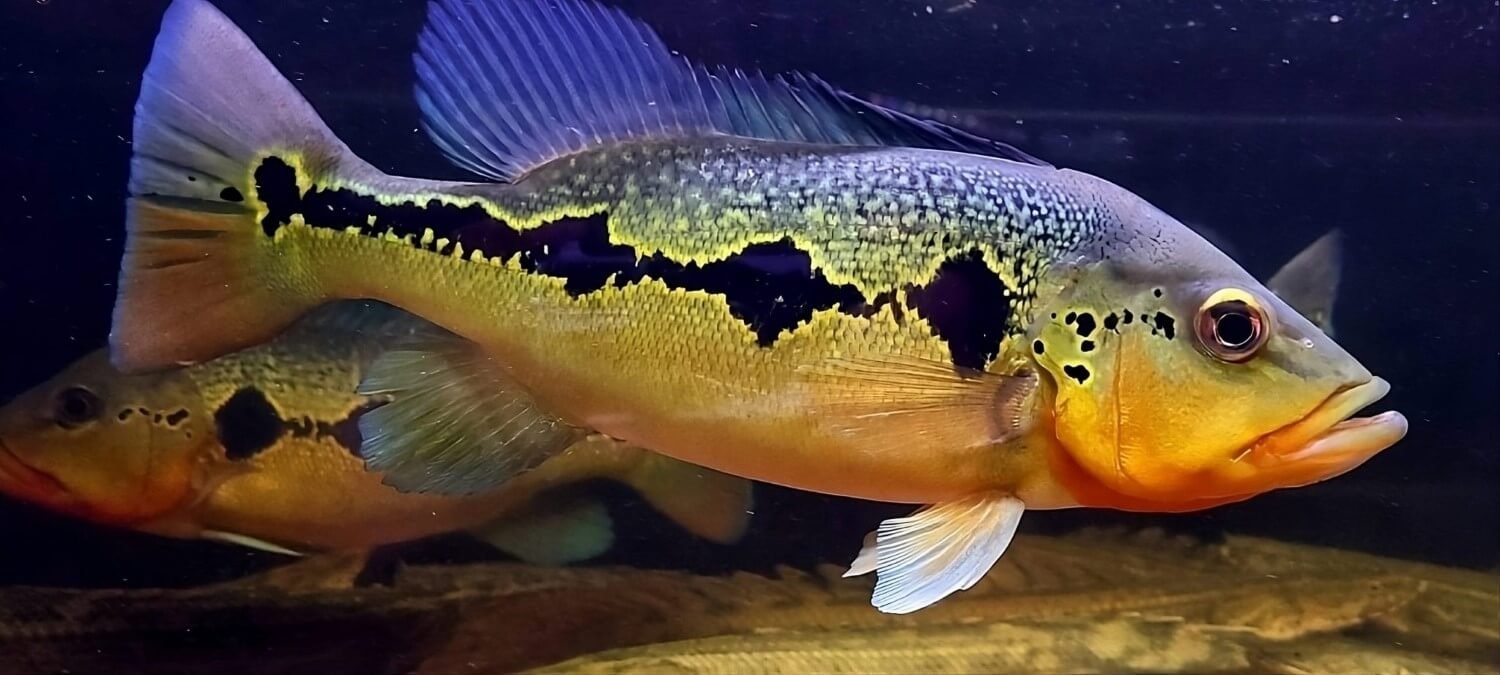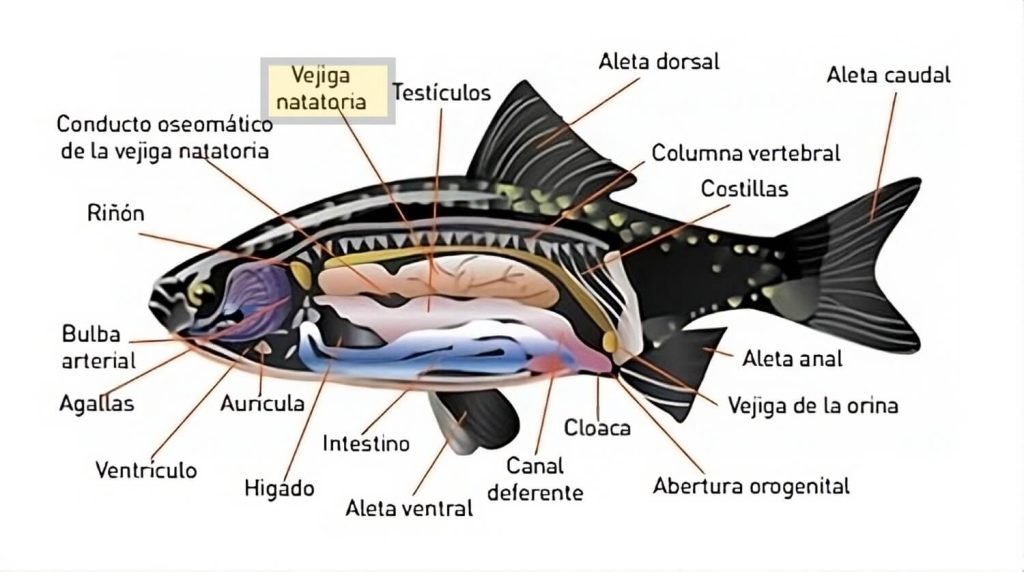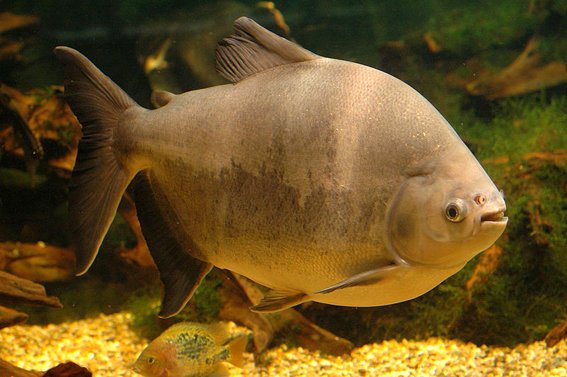

Random Posts

Machu Picchu in February: Weather, Pros and Cons
• Adventure

Tambopata National Reserve
• Information

The best Salkantay trek packing list
• Information





















Fish have a special way of breathing through their gills that allows them to obtain the oxygen essential for survival in the aquatic environment in which they live.. As aquatic animals, they do not have lungs like mammals and birds, but a respiratory system adapted to underwater conditions.
Fishes breathe through gills, organs specialized in gas exchange. The gills are structures located on the sides of the fish's head and protected by a cover called the operculum. Each gill is made up of thin lamellae containing an extensive network of blood vessels.
When a fish swims, water exits the mouth and passes through the gills. Oxygen dissolved in the water enters the gill lamellae and is taken up by the blood vessels, while carbon dioxide is released by the blood vessels into the water and subsequently expelled into the environment. This process is called gas exchange.
The gills allow the fish to obtain oxygen from the water, and this oxygen is transported by the blood to all parts of the body. The blood then returns to the gills to release the carbon dioxide and take up more oxygen, thus completing the respiratory cycle.
It is important to note that the amount of dissolved oxygen in the water varies with temperature, salinity and water quality. Some fish have developed adaptations to cope with oxygen-poor environments, such as the Amazonian electric fish, which can rise to the surface to take in air directly through the mouth and digestive tract.
In short, fish breathe through their gills, allowing them to extract dissolved oxygen from the water to survive. This highly specialized system is one of many adaptations. It makes fish successful and well adapted to the aquatic environments they inhabit.

fishes have an organ called the swim bladder, which plays a key role in their ability to sink or rise in the water. The swim bladder is an internal structure that acts as a flotation organ. It allows fish to control their vertical position in the water column without expending too much energy.
The swim bladder is a kind of gas-filled sac that extends along the body of the fishes, near the backbone. This sac is filled with air or other gases, such as oxygen, which the fish can obtain by absorption in the water. The fishes can adjust the amount of gas present in the swim bladder, which allows it to control its buoyancy.
When the swim bladder is full of gas, the fish becomes lighter and floats in the water. This is especially useful for fish that want to stay suspended at a certain level in the water column without sinking or rising quickly.
When the fish wants to rise or sink, it can release or absorb more gas into its swim bladder, altering its buoyancy. By absorbing more gas, the swim bladder fills, which lightens the fish and allows it to rise. When the fish releases gas, the swim bladder fills less, making it heavier and allowing it to sink.
The ability to control its buoyancy through the swim bladder is essential for fish to regulate their position in the water and adapt to different depths and habitat conditions. This organ is found in many fish species, from small tropical fish to large marine predators. It contributes to their survival and success in aquatic environments.

Scales are characteristic structures of fishesand serve several important functions for these aquatic animals. They are found covering the body of fish, forming a kind of protective armor that helps them adapt to the aquatic environment.
Here are some of the main functions of scales in fish:
The size, shape and structure of scales vary by species. In addition, some fish species, such as catfish, have barbels (sensitive appendages) on the scales. These barbels help them detect food and explore their environment.
In summary, scales are important anatomical features of fishes. They offer protection, contribute to swimming efficiency, aid thermoregulation and camouflage. They also provide natural defenses against parasites and pathogens. These evolutionary adaptations help fish survive and thrive in their diverse aquatic habitats.







